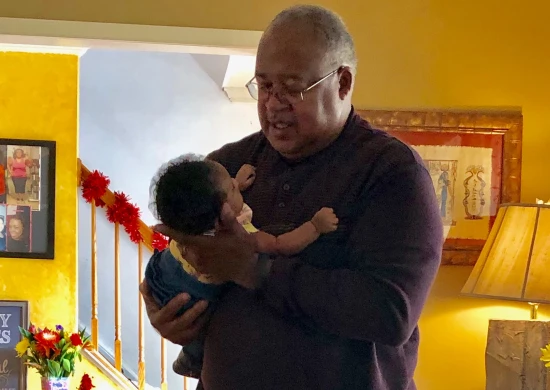Native American people are often overlooked, considered extinct, romanticized, forgotten, ignored and bear the burden of negative stereotypes. Belonging to a socially invisible community has consequences beyond being misunderstood and stereotyped. It can lead to much more dire outcomes – specifically, the public disregard of the epidemic of violence against Native American women and girls reflects passive cultural genocide.
- About
- Authors
- Back to School Blog Series
- Blog Series on Parenting & Discipline
- Blog Series on Race, Racism, and Law Enforcement in Communities of Color
- Blog Series on Talking to Kids about Race and Ethnicity
- Blog Series on Violence Against Women and Girls
- Copyright
- Disclaimer
- Get Involved
- We’re Psyched!
- Welcome









